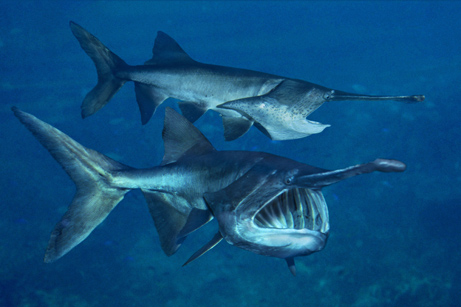 Mutants: On Genetic Variety and the Human Body by Armand Marie Leroi
Mutants: On Genetic Variety and the Human Body by Armand Marie LeroiMy rating: 4 of 5 stars
Near the end of this book the author pulls out the quote per molto variare la natur e bella--Nature's beauty is its variety--and it could be a motto for the book itself. Given that most of the book is about the human body developing dramatically abnormalities, usually during development, beauty is an odd word. I found some accounts difficult to read. But the ability for human biology to survive and sometimes prosper in so many different forms was just amazinga.
The book is a discussion of various conditions that have very visible effects--dwarfism, giantism, Siamese twins, people with no hands or feet, people with hands and feet but no arms and legs, people covered with more hair than Chewbacca, and so on. Some are fatal at birth, some at a young age, but most are not. A surprising (to me) number of people founded lines still prospering today--so a Chinese sailor missing the top his skull and clavicles founded a line that has several hundred descendants with the same symptoms.
If the existence of a whole family sharing such an unusual trait makes you wonder if scientists can do some sort of genetic analysis and figure something out about how genes interact with the body, well, answering that is the book's main concern. (Spoiler alert: Yes.) Most of the discussion is on gene expression and signalling pathways, in more detail than I expected. I'd call it roughly a Scientific American level of discussion. I'm not well qualified to judge the scientific soundness but in the small number of cases I knew anything at all Leroi seems to have done a good job presenting both conclusions and uncertainty.
The title--presumably picked by the publisher--is misleading though, as many problems are teratogenic or even nutritional and hove nothing to do with genetics. (Thalidomide and iodine deficiency induced issues, for example.) I don't begrudge "Mutant" for eye catching value but throwing in "genetic" in the subhead continues the annoying trend in popular science writing of implying everything biological is genetic.


